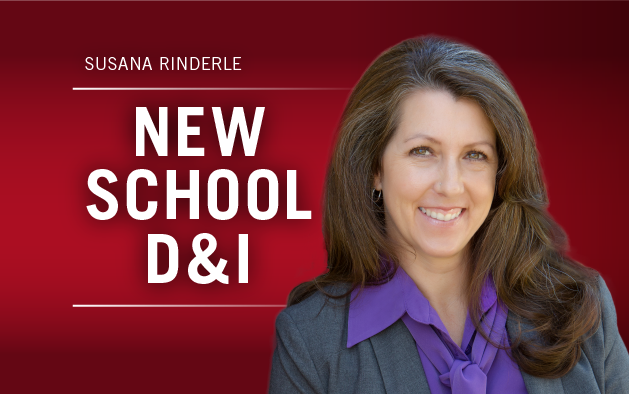Workplace Culture
The Greatest Threat to D&I: Binary Thinking
By Susana Rinderle
Oct. 3, 2013
 One of the most sinister and ongoing threats to D&I progress may not be what you think. It’s not lack of funding, lack of senior leadership buy-in, discrimination, hate groups or a particular political party. It’s binary thinking.
One of the most sinister and ongoing threats to D&I progress may not be what you think. It’s not lack of funding, lack of senior leadership buy-in, discrimination, hate groups or a particular political party. It’s binary thinking.
Binary thinking is a way of organizing thoughts, and seeing the world, as either-or; either one thing or its (supposed) polar opposite. Common binaries include good-bad, male-female, liberal-conservative, for us-against us and black-white (not just metaphorically, but racially). This way of thinking, which began in Western civilization with Aristotle and Descartes, seems to be especially pronounced in the United States. Consider how most countries have multiple viable political parties, not just two like us. And ponder the profound contrast between the British-origin notion of race in the United States (black-white, and the “one drop rule”) and the system of 52 castes set up in the New World by the Spanish. Yes, 52.
Binary thinking can feel simple and comfortable, but it’s increasingly being challenged by new information and perspectives. This month is LGBT Pride month: transgender and intersex people, and same sex couples are challenging the male-female binary when it comes to notions of healthy families, psychological sex and even biological sex. The growing number of multiracial people, and those identifying as multiracial, are challenging the either-or “check one box” paradigm. Consider the Athena Doctrine’s examination of the rise of non-binary feminine values in leaders — in men and women — that are increasingly preferred by large majorities around the world, and increasingly effective. Binaries that have informed leadership for decades like brain-heart (we allow one or the other to guide our decisions, and we show no emotions because the alternative is to be emotionally out of control) and leader-follower (we either dictate and direct, or passively listen and comply) are eroding. Even macro paradigms like organization-community, domestic-foreign and global-local are breaking down.
And it’s a good thing. The danger of binary thinking is that binaries are often false dichotomies creating oppositions that aren’t really opposites. Also, binaries are limited. Forcing people, behaviors, thoughts and phenomena into limited categories, we’re blind to the majority of what is actually there — something in the middle. We completely miss other options and large gray areas that hold enormous truth and potential. We miss the richness and creativity inherent in “both-and” thinking.
So guard against binary thinking in yourself, your team, your organization and your community. Resist the urge to create a binary out of diversity-inclusion. Don’t forget about diversity by focusing only on inclusion. And resist the urge to fix your identity solidly on one side of the “we did good”-“we did harm” binary. Sometimes — usually — both are true. The better approach is “how can we acknowledge, mitigate and prevent the harm, and how can we continue to do what’s good and working?”
Schedule, engage, and pay your staff in one system with Workforce.com.
Recommended
Compliance
Minimum Wage by State (2024)federal law, minimum wage, pay rates, state law, wage law compliance
Staffing Management
4 proven steps for tackling employee absenteeismabsence management, Employee scheduling software, predictive scheduling, shift bid, shift swapping
Time and Attendance
8 proven ways to reduce overtime & labor costs (2023)labor costs, overtime, scheduling, time tracking, work hours
